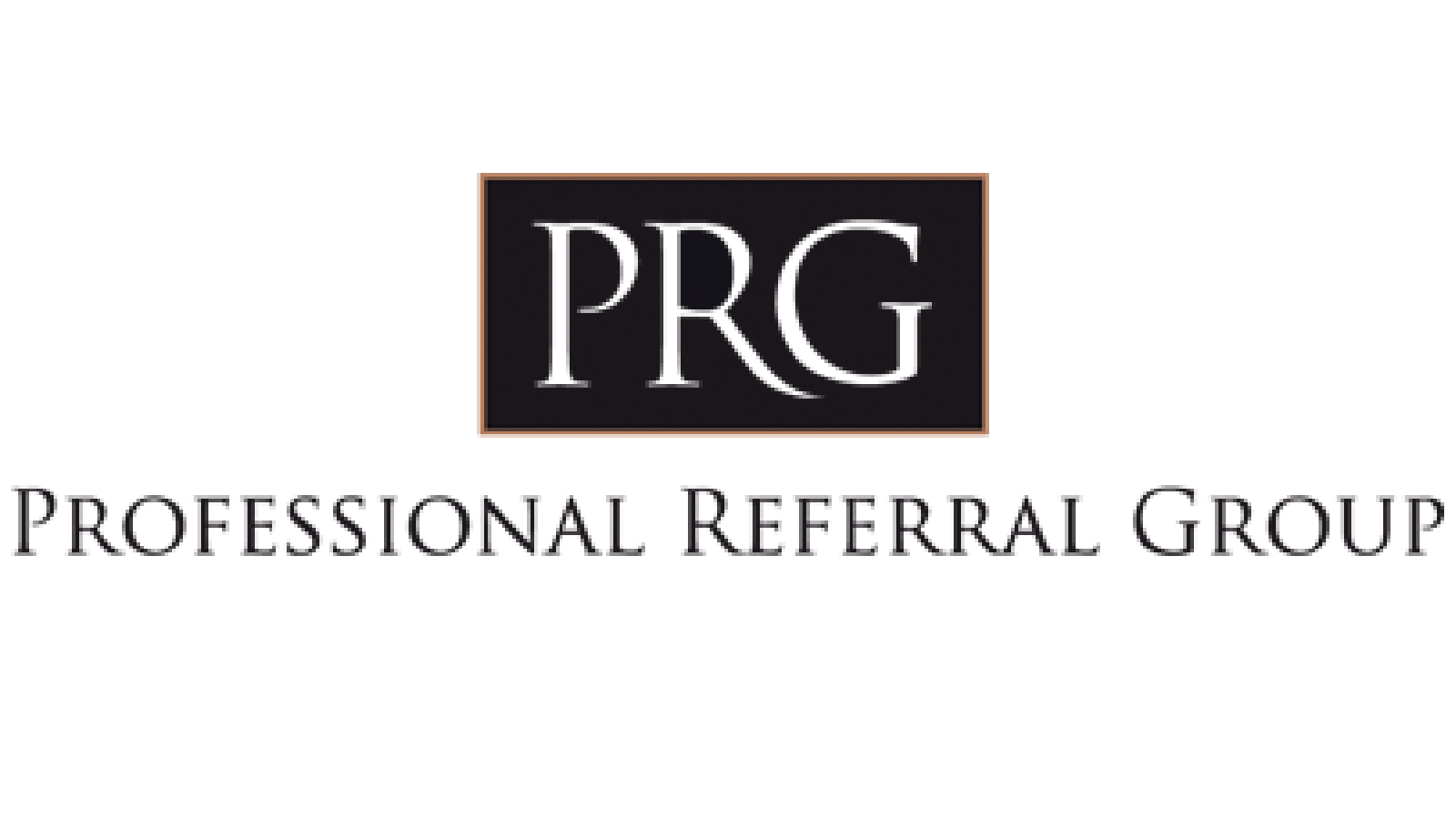If you can exercise regularly, you’ll help yourself feel better, control your weight and even reduce the chances of developing certain diseases. But why not extend the concept of “fitness” to other areas of your life – such as your investment portfolio?
And to help maintain a healthy portfolio, you can draw on some of the same principles that apply to keeping your body in good shape.
Consider, for example, one of the things that happen when you exercise – namely, your body uses more oxygen. As an investor, you may need your portfolio to get “oxygen” in the form of infusions of new investment dollars. If you stop putting money into your portfolio, you’ll need to rely on your existing investments to grow enough to help you meet your long-term goals, such as a comfortable retirement. Could that happen? Maybe, but you will likely be better off by investing consistently, year after year. And by spreading your contributions over a period of decades, you don’t have to come up with large sums at any one time.
Another element important to exercise is the need to avoid injury. That’s why all sorts of athletes, both competitive and casual, stretch before they swing into action. Many of them also take other injury-avoidance steps, such as strengthening their “core” through abdominal work and increasing their flexibility through yoga. When you invest, you can be “injured” if your portfolio takes a hit during a market downturn. However, this type of injury will likely be much more severe if your portfolio is over-concentrated in just one asset class and the downturn primarily affects those exact assets. But if you own many different types of assets – stocks, bonds, government securities, and so on – you may reduce the impact of a downturn on your portfolio. Keep in mind, though, that this type of diversification can’t guarantee profits or help you avoid all losses.
While exercise is essential to maintaining good health, it isn’t the only factor involved. You should also get regular checkups with a medical professional, who can run various tests to measure changes in cholesterol, blood pressure, heart function and other areas. To help ensure your portfolio is healthy, you also need to chart its progress over time. And that doesn’t just mean determining if you’re getting the growth you need, though that’s obviously of great interest to you. You also need to evaluate whether your portfolio has gotten out of balance, which can occur without you doing anything at all. To illustrate: If you start out with a certain percentage of one type of investment, such as stocks, and these stocks grow to a point where they now take up a bigger share of your portfolio, you may be taking on more risk than you had intended.
Consequently, you should review your portfolio at least once a year to evaluate both its performance and its balance. Once you’ve compared where you are today with where you were a year ago, you’ll be in a better position to make appropriate changes if needed.
Do what it takes to keep yourself physically fit – but also take steps to ensure your investment portfolio is in good shape. It’s important to your future.
This article was written by Edward Jones for use by your local Edward Jones Financial Advisor, Nicolle Lalonde.
Edward Jones. Member Canadian Investor Protection Fund.
 Back to myNiagaraOnline
Back to myNiagaraOnline
































